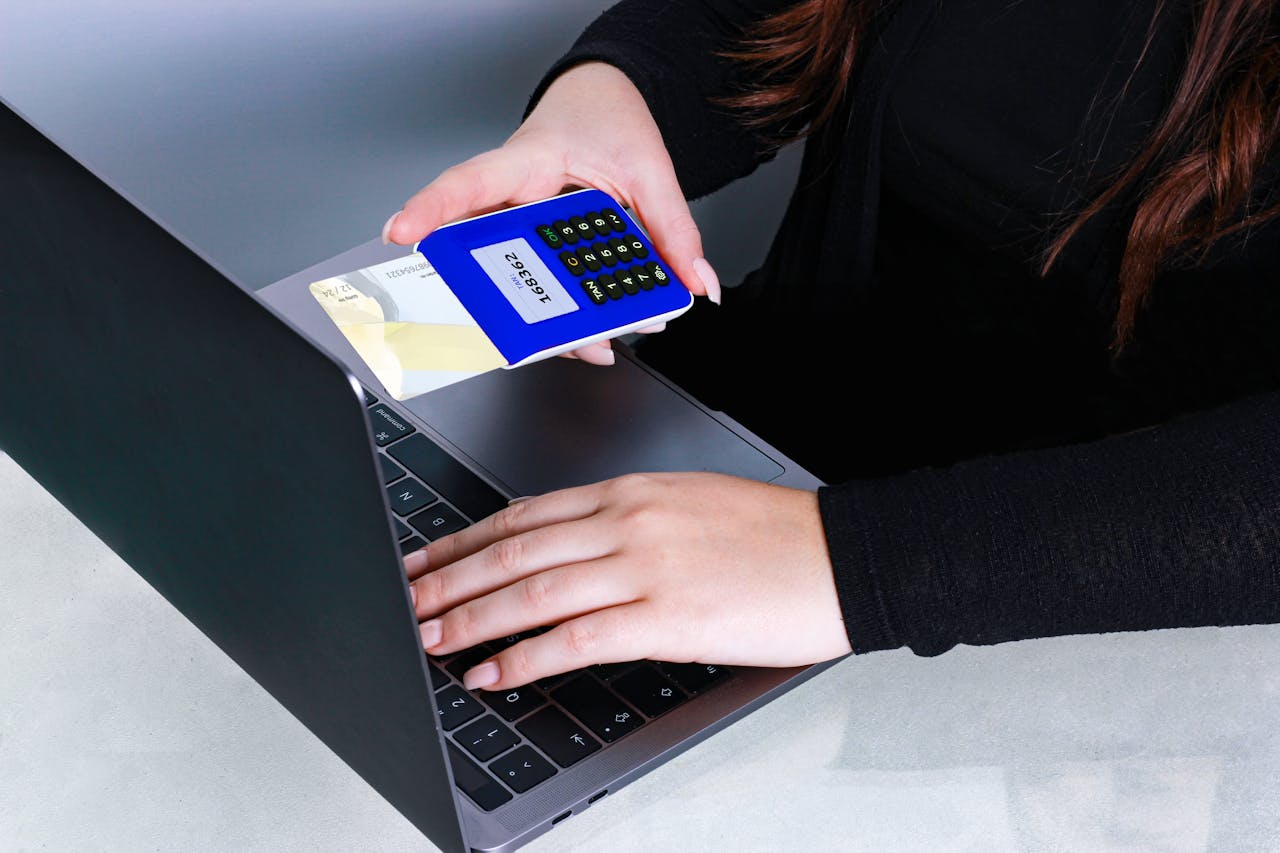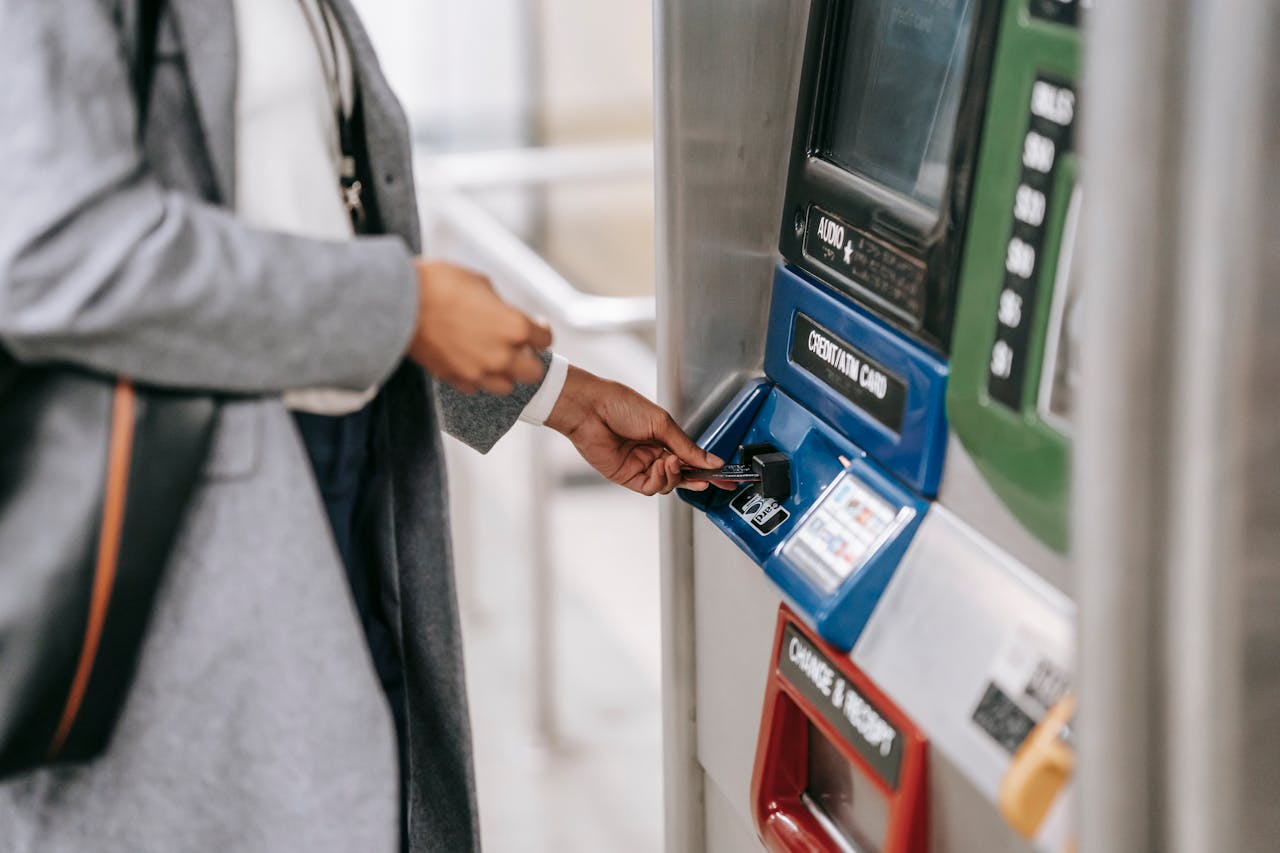

Nineteen months after the COVID-19 pandemic struck countries worldwide, the Philippines continues to experience unprecedented turbulence and uncertainties stemming from new variants of the virus outbreak. The nature of the COVID-19 pandemic has resulted in significant consumer behavior changes and spending, specifically in fast-moving consumer goods (FMCG).
Regardless, companies are competing to ride the everchanging condition by expanding their channels and offering competitive product lines suitable for the newly changed behavior. Among the new consumer trend in the Philippines is the emergence of a stay-at-home lifestyle regardless of the government's decision to loosen the nationwide mobility restrictions.
The Philippines' demography expects to see a rise of over 2 million babies to be born at the end of 2021. The occurrence happens due to the natural population growth and will repertoire in the increasing traffic of baby categories products as new mothers require natal supporting goods in the first few years of newborn.
Throughout the pandemic, the Philippines' citizens are forced to become more aware of their financial spending due to the region's economic volatility. Consumers reduce indulgent shopping and focus more on necessary goods to reserve their liquidity more urgently, such as health and welfare.

Being a nascent industry in the Philippines, the COVID-19's disruption towards brick and mortar stores has boosted the popularity of e-commerce. However, today, only 8 percent of the country's population is ordering FMCG products online, skewing towards metropolitan centers of the country such as Manila and NCR.
Today, the e-commerce channel of the Philippines is rapidly growing, with an additional 772.000 users in the first half of 2021 and brands throughout the country adding more touchpoints online regardless of the COVID-19's presence.
With the robust adoption of e-commerce, consumers are experiencing ease in determining competition for each product variety. As a result, the previously minimum loyalty on one channel is reduced further as consumers compare one channel from another depending on the benefits offered and personal needs at the time. The behavior change requires platforms to keep the dynamic competition alive.
Consumers are showing preference towards brands that can provide convenience as the leading consumer experiences, with proximity following close in the priority list. Therefore, the emergence of online shopping can help stores reiterate their presence to be closer to the consumers with the support of reliable logistics providers delivering goods straight to the consumers' door.
Antibacterial products and other hygiene-related goods are quickly gaining traction in the Philippines due to the rising awareness of clean living, as people prevent the spread of the COVID-19 virus.
The new trend of consumer behavior in the Philippines has catalyzed the need for strategy reconfiguration for all players in the industry, forcing them to provide a strategy that is best-suited for the unique issues and considerations possessed by the country's citizens. Additionally, the COVID-19 pandemic encourages businesses to come up with solutions that will last not only in the early post-pandemic era but also stands sustainably in the long term future.

Leading the Charge: Major Players in SEA’s Digital Lending Market
The fintech lending market in SEA is poised for substantial growth, including digital lending which is set to surpass digital payments as the primary revenue driver for the region's digital financial services sector by 2025, with a compound annual growth rate (CAGR) of 33%. This growth is fueled by the widespread adoption of automated loan origination processes and the seamless integration of financial services into digital platforms.

Unlocking Opportunities in the SEA Digital Financial Services Landscape
In recent years, Southeast Asia (SEA) has emerged as a hotbed for fintech innovation, transforming the financial landscape across its diverse markets. This transformation is characterized by a surge in digital financial services (DFS), revolutionizing how individuals and businesses manage their finances. However, the journey is not without its challenges, and understanding these is crucial for stakeholders aiming to navigate this rapidly evolving sector.

How SEA Startups are Navigating Funding Challenges
The startup ecosystem in Southeast Asia (SEA) has long been a vibrant hub for innovation and growth. However, recent global economic shifts and the aftermath of the COVID-19 pandemic have ushered in a new era of funding challenges.

Challenges for Sustainable Recovery in Southeast Asia
Sustainable recovery in Southeast Asia faces numerous challenges, yet also presents significant opportunities for green growth. Addressing sustainable issues is crucial for achieving a resilient and sustainable future.